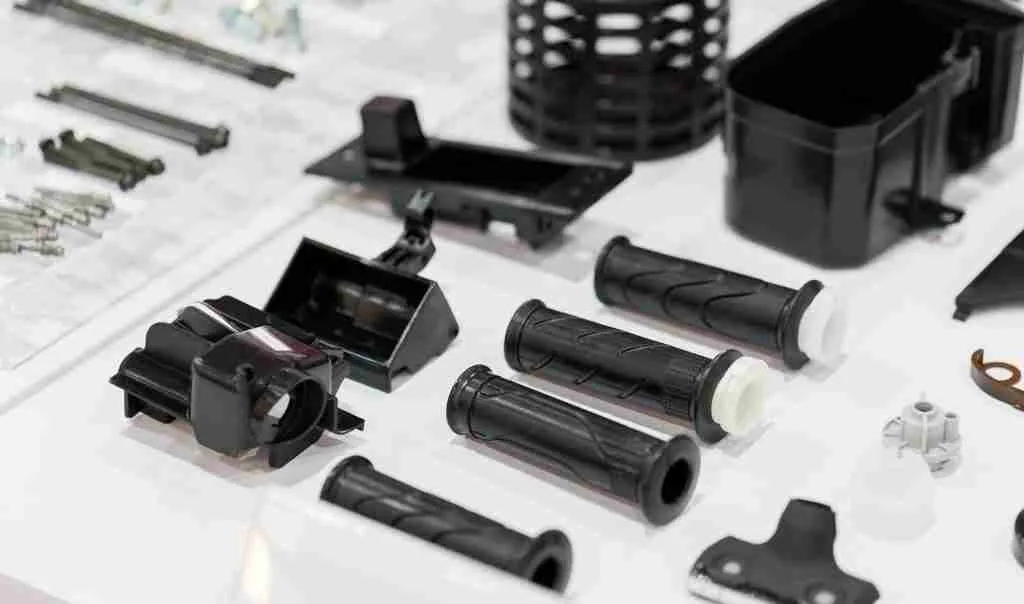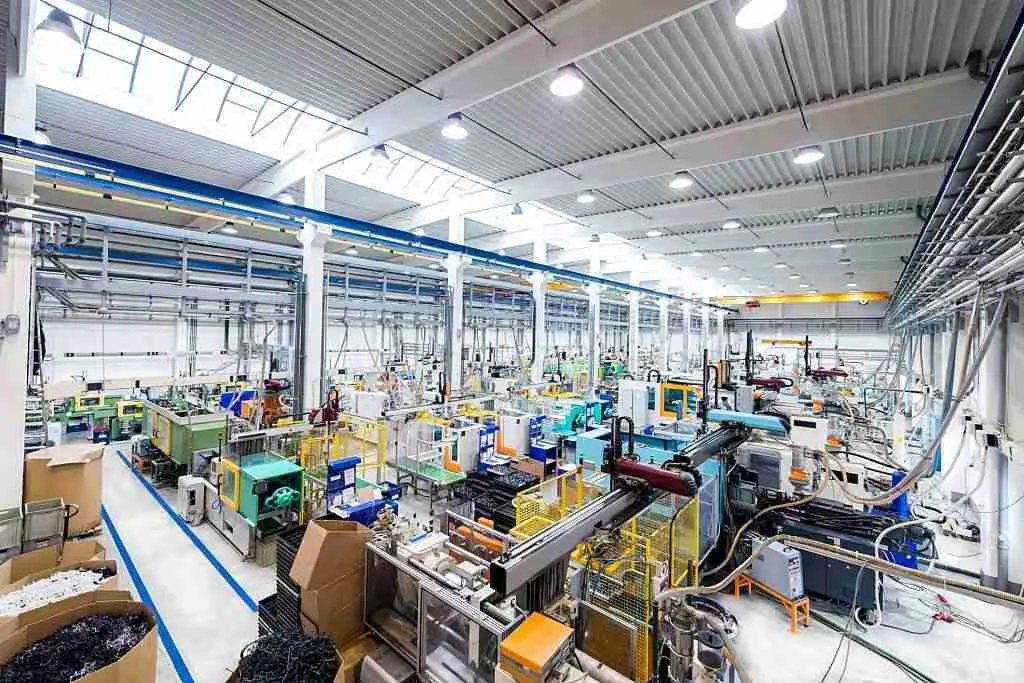Overmolding is an injection molding process that allows an additional layer of resin to be added to an existing molded part to provide a combination of properties that a single material cannot. One of the most common applications is adding a layer of a soft, functional, hands-on rubber-like material, usually TPE (thermoplastic elastomer), to a rigid substrate. Another is to change or enhance a part’s appearance or “cosmetic” by overmolding materials in different colors or finishes. Overmolded materials can be found on anything from medical devices and hand tools to toothbrushes and gaskets and seals within components.
As a manufacturing process, overmolding provides excellent adhesion between dissimilar materials and eliminates the need for manual assembly. Since the process can be automated to varying degrees, it is cost-effective. And reducing the complexity of assembly can help reduce costs and speed time-to-market for products and devices. But most importantly, it can greatly increase the range of material properties available to product developers.

There are three main methods of overmolding
1. Transfer overmolding is a robotic procedure in which substrate parts are mechanically removed from one mold and placed into another larger mold. The overmold material is injected to fill the empty spaces in the second mold, typically when the next substrate is produced in the first mold.
2. Rotary overmolding is another robotic process in which the mold is moved from one injection station to another to allow injection of the substrate and overmolding material.
3. Core back overmolding can only be used for specific linear geometries. The mold consists of a sliding section pulled back after the first material is injected and set to allow the second material to be injected.
All three overmolding methods layer the overmolded material onto a warm substrate, which facilitates chemical bonding. All three products require specialized equipment and expensive molds, but due to their high degree of automation, they are cost-effective in high-volume production, often more than 10,000 pieces, often over 100,000 pieces.

Comparing overmolding methods
While the manual placement of substrates into secondary molds is slower than robotics, it can often be accomplished faster and at a significantly lower cost for low- to mid-volume parts. The biggest challenge in overmolding is the reduction of chemical bonding between the overmolding material and the cooled substrate. To maximize adhesion, the substrate must be handled carefully to prevent contamination of surfaces that could affect adhesion. In addition, proper material selection can also help ensure good bonding in pick-up applications.
The role of bonding
The adhesion between the resin layers helps prevent the layers from separating. Bonding may be subject to multiple forces that can pull the layers apart depending on the part geometry.
These measures include
1. Direct tension causes the butt joint to separate.
2. Shear caused by tension parallel to the bonding interface, resulting in lap separation.
3. Debonding that usually starts at the edge and propagates along the interface between materials.
Bond strength is especially important when one of the materials is an elastomer, which can bend and pull away from the substrate. This applies to thermoplastic elastomers (which soften when heated) and thermosets (which do not soften).
There are two main ways of layer bonding. One is the actual chemical bonding at the interface of the two resin layers; the other is the mechanical bonding, which depends on the physical geometry of the interface. Good bonding is achieved through part design, material selection, mold design, and molding.
overmolding material
There are thousands of possible combinations of substrates and overmolding materials. In addition to a few common possibilities, there are many other possibilities that the material supplier can identify if you need special properties.
In addition to compatibility and adhesion, many factors influence the choice of overmolding resin. If the goal is cushioning, the thickness of the overmolded material is just as important as the softness of the material itself. Regardless of material choice, thin layers, typically less than 0.40 inches (10mm), will feel stiff. For this reason, many consumer products will have a higher row of ribs to increase perceived thickness while reducing the amount of overmolded material and increasing flexibility. The actual flexibility of a material is not directly related to its hardness or durometer. A better measure is the flexural modulus, which measures the resistance of a material to bend. Materials with a lower flexural modulus will feel softer. While a variety of resins are suitable for overmolding, there are also elastomers, such as Versaflex, that can be used specifically for overmolding applications.
If the purpose of overmolding is to enhance grip, the material’s coefficient of friction indicates its haptics. For example, thermoplastic elastomers (TPE) typically have a high coefficient of friction. In the case of cushioning, a durometer is not a reliable measure of a material’s grip. Since many resins, including thermoplastics and thermosets, have a range of properties, a free consultation with Elimold’s relevant experts is available when selecting the right resin grade for a specific application.
Like overmolding, insert molding injects resin onto another material. Still, the other material is usually a metal, and the injected plastic material is usually a rigid plastic, not a plastic substrate. Metal electrical components or custom-machined metal parts are often embedded in plastic in this way. Similarly, threaded inserts can be molded into plastic parts for the stronger and more durable assembly of plastic parts, such as equipment housings. Insert molding is an alternative to inserting metal parts by hot riveting or ultrasonic welding, by which the molded plastic part is partially melted to allow the metal part to be inserted. Unlike other methods, insert molding is more controllable and allows for better encapsulation. Molded inserts also eliminate the need for a secondary insert installation process, saving time and money.
Because the insert is metal, it must be put into the mold and then encapsulated with plastic. For high-volume production, this can be done by robots. There is no chemical bond between the metal insert and the plastic, so the insert and resin part must be designed to be mechanically bonded.




